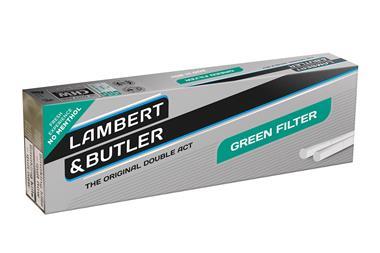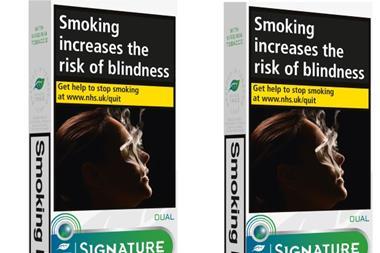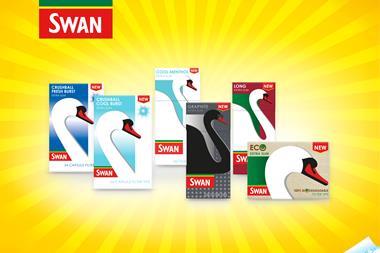With the shadow of tobacco 'going dark' looming over the grocery sector we know that there are a lot of questions retailers will have about the impact on their sales. But the following information will demonstrate how important the tobacco shopper is to a convenience retailer.
It probably comes as no surprise that the tobacco shopper spends more per trip than the average shopper in c-stores as cigarettes are a high ticket item. However, the difference in spend may shock. HIM's 2009 Convenience Tracking Programme research shows that the average non-tobacco shopper spends nearly £5 a trip but the average tobacco shopper spends more than double that.
CTP 2009 research also reveals that cigarette shoppers spend almost the same on other purchased items as part of the same trip as non-tobacco shoppers spend per trip in total. Not only that, tobacco drives footfall. The average shopper visits their c-store 3.5 times per week on average, but the tobacco shopper visits 4.1 times.
It is also worth remembering that about 20% of c-store shoppers buy tobacco, making it one of the top penetration categories, and that while tobacco is often referred to as a low-margin category in percentage terms, the cash margins earned on it make the category one of the most profitable to the retailer.
Key times of day for cigarette sales are first thing in the morning and after 5pm. In the mornings, 50% of convenience customers are on a newsagent mission (news, mags and tobacco) and it is also a time when lot of failed cigarettes purchases occur. Gaps slowly appear and sales are frequently lost in the evenings, too, and retailers might want to ask how much access is there to the tobacco stock once the manager has gone home? By the time the store has opened the following morning, staff often focus on other categories, meaning the gantry is still not ready for its next busiest period of sales.
Cigarette sales can also be maximised by ensuring availability in other categories. For example, milk is one of the products most frequently bought with cigarettes, but many retailers fail to sell milk to all those who intended to buy it due to lack of availability.
So if a retailer is out of milk, who's to say that the shopper will not then just leave without even going to the counter for their cigarettes?
Before we get too focused on going dark, ensure you are getting the most from cigarettes in your store. Only then will you realise the category's true value.


























No comments yet